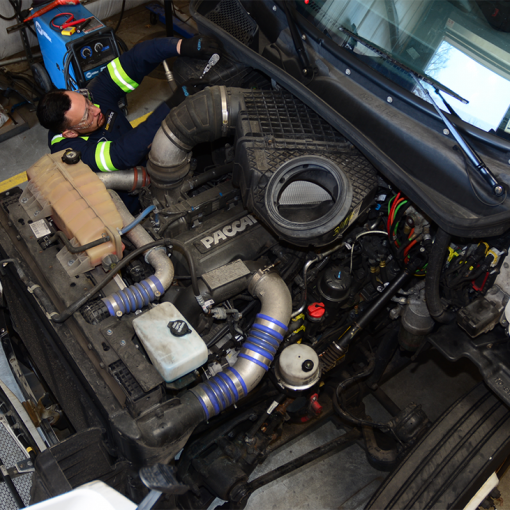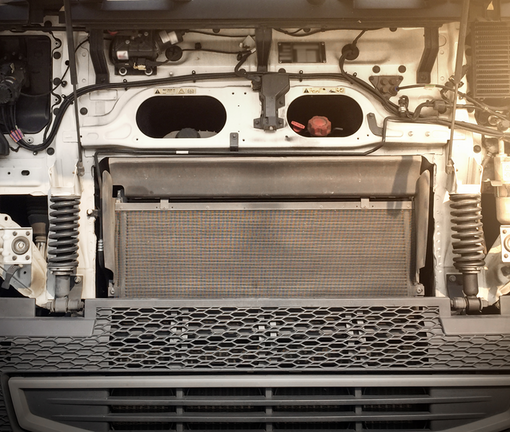Originally appeared in Fleet Owner
Nothing is more frustrating for a fleet than bringing a truck back to a shop for a recurring problem. Given the cost of downtime, fleets expect repairs to be made correctly the first time. Yet, there are times when a newly repaired truck will suffer the same breakdown. This is likely because the root cause of the problem was not identified and fixed.
At a recent NationaLease meeting, Joe Puff, vice president of truck technology and maintenance for NationaLease, shared the process for conducting a root cause analysis.
According to Puff, there are seven fundamentals to the root cause analysis process.
- Define the problem: What is the problem that needs to be solved?
- Gather data: Capture all relevant data, evidence, testimony, historical data, etc.
- Analyze data: Study, analyze, and review associated components.
- Identify root cause: Brainstorm all contributing items and confirm the analysis.
- Identify solutions: Explore corrections and fixes and then test them.
- Deploy solutions: Plan, prepare, and deploy countermeasures.
- Monitor solutions: Measure data, reinspect, and adjust if needed.
There are two popular methods for conducting the analysis. The” 5 Whys” is a simple method and involves asking successive “why” questions. This method is practical for less complex problems. However, it might not define all the contributing factors. The Fishbone method is a more formal, in-depth analysis. It is best to use this method for complex problems. You can also use a more customized approach to the root cause. There is also a modified version of the” 5 Whys” process. This starts with a problem statement and explains what failed. Then ask the following questions:
- Why did it fail?
- Why did that happen?
- Ask again why did that happen?
- What can be done to correct the issue?
Then, identify all possible factors contributing to failure, followed by inspecting and testing. You need to decide when you will invest the time and resources in performing a root cause analysis. Will you do it after the first failure, or wait until the fifth time the problem recurs?
Performing root cause analysis helps you find the actual cause of a problem so that it can be fixed right the first time.




